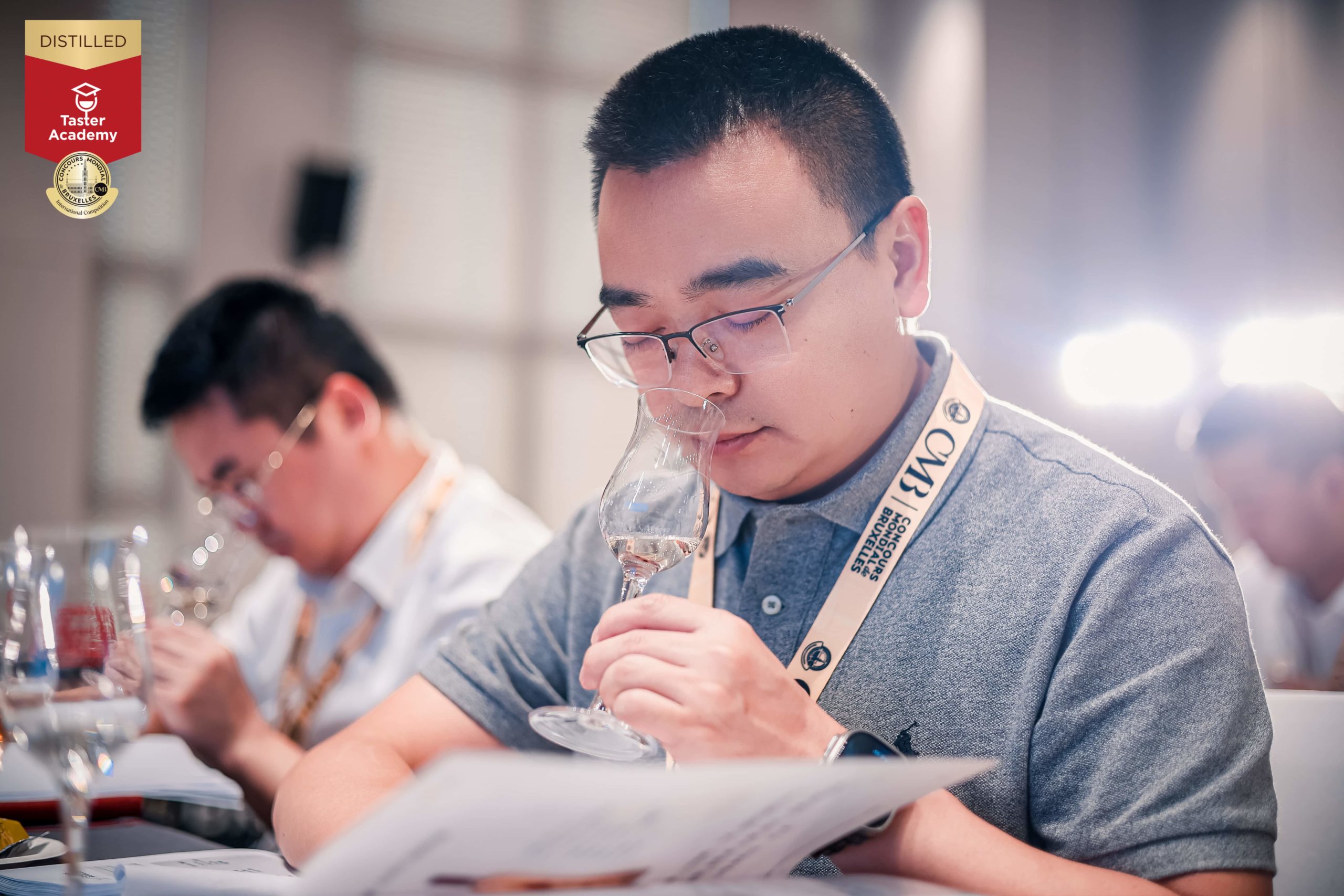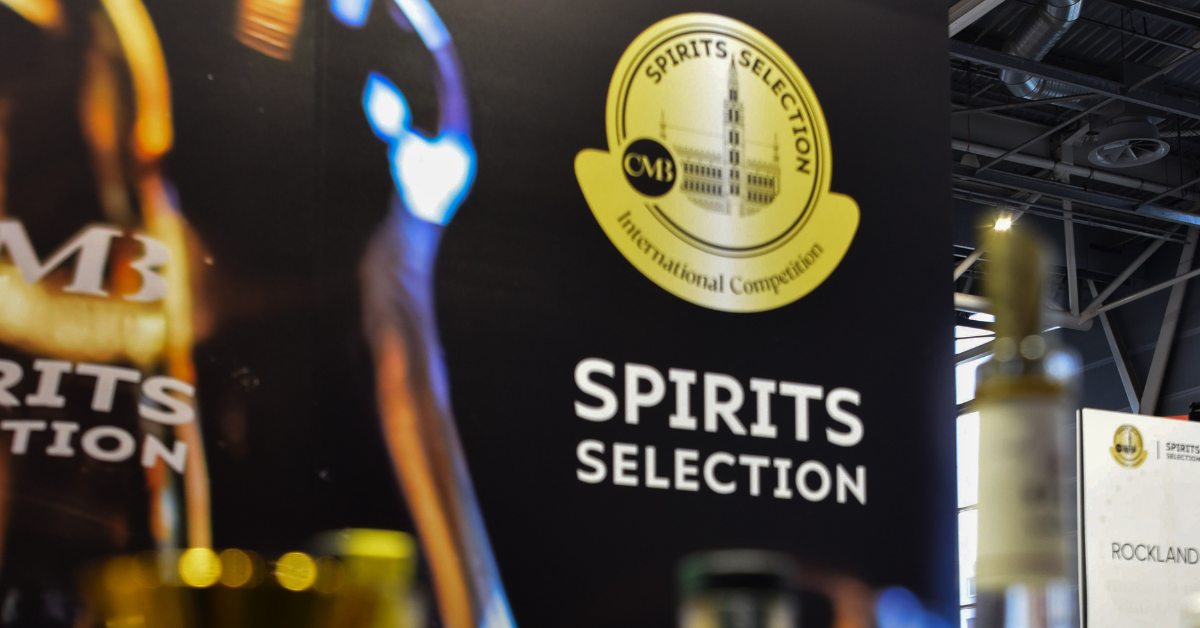The pivotal role of stave mills in producing barrels for spirits – Part 2
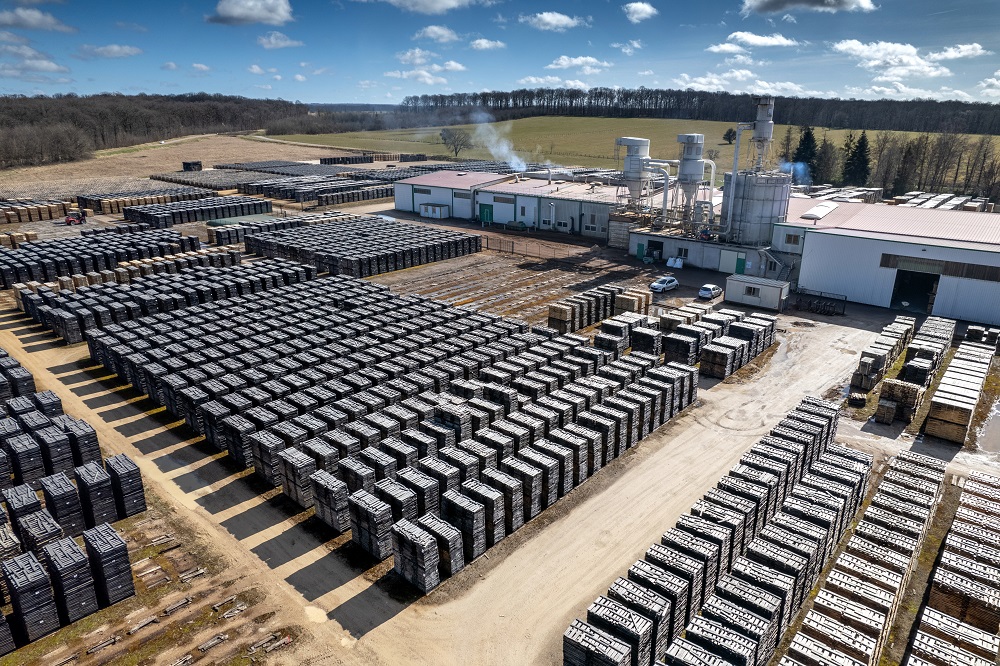
What are the different production stages for stave wood? What are the alternatives available? How is the market performing? We discuss these issues with Merrain International and Oak Solutions Group – evOAK, subsidiaries of Independent Stave Company.
Merrain International in the Vosges area of Eastern France
The American group Independent Stave Company, which belongs to the Boswell family, was looking to secure its supply of French-sourced stave wood to produce wine barrels for its American customers at the end of the 1980s. The company thus bought the Monthureux-sur-Saône sawmill, which produced timber. The first staves were produced at the mill at the start of the 1990s. Since then, the Boswell family has constantly invested in the stave mill which makes Merrain International one of the two largest stave mills in France. Merrain International now provides all the French oak used by the group’s coopers in France (Trémeaux in Burgundy and Quintessence in Bordeaux) and in the United States. A small share of production is sold to other coopers in order to regulate volumes.
To avoid any wastage of such a noble material as oak and to maximise production yields, the stave mill uses cutting-edge technology. Independent Stave Company has encouraged numerous technical solutions that have been developed by its engineering department. The Oak Solutions Group subsidiary also produces oak winemaking products (chips, powder, tank staves etc) from the pieces of oak that cannot be turned into staves for barrels.
Over 12,000 m3 of stave wood is now seasoned in the 6-hectare yard of the stave mill. Most of the oak comes from the neighbouring Darney forest, an outstanding state-owned forest that is in the process of securing appellation status for its oak.
It is essential that the stave wood dries naturally for two years in the yard as the mechanical, aroma/flavour and winemaking qualities of the future barrels depend on this. Through the wind, the sunshine and the rain, the slow seasoning process unfurls over time. The coarser tannins evaporate and the aromas mature. The wood thus drops from 80% humidity to 20-25%.
@ISC– The stave wood is seasoned 24 months
7,000 m3 of logs are waiting to be processed in another yard near the site. The logs are felled in winter when “the sap is not flowing in the wood”. But work at the stave mill continues all year round. The logs therefore have to be protected using sprinklers to avoid damage from insects and the development of fungi.
“It is essential that the stave wood dries naturally for two years in the yard as the mechanical, aroma/flavour and winemaking qualities of the future barrels depend on this.”
The stave wood needs to be seasoned for 24 months
The logs are processed in batches of 400 to 500 m3, by grain quality. Each log is inspected before being sawn and the cutting marks are defined. This is a huge responsibility for the operator who has to maximise stave wood yield, without sending off parts that are not suitable to produce staves.
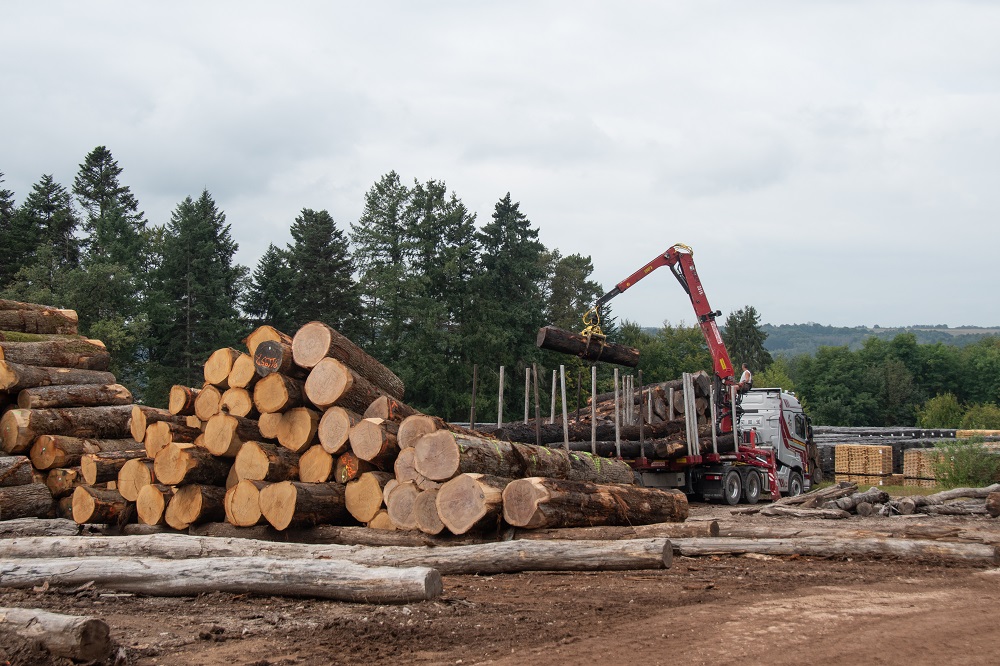
@ISC – the logs are processed in batches of 400 to 500 m3 by grain quality
The logs are sawn on the bench depending on the height of the staves due to be produced. The log block is then split right down the grain of the wood and the split pieces are ultimately sawn to form staves of varying thicknesses and widths. A throughput calculator and laser assistance allow the operators to maximise cutting yield and to saw in the direction of the grain of the wood. Depending on the grain, the staves are stacked on pallets and then exposed for two years to the weather and the sunshine. This part of the process – called seasoning – eliminates the wood tannins, dries the wood (from 80% humidity to +/- 20-25%) and develops the aromas.
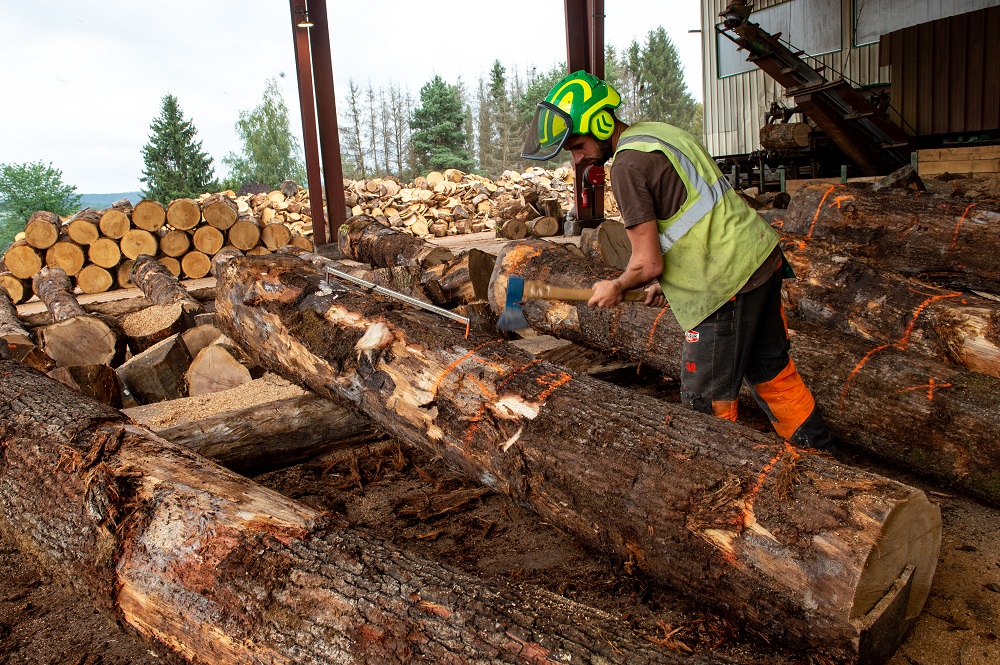
@ISC – each log is inspected before being sawn
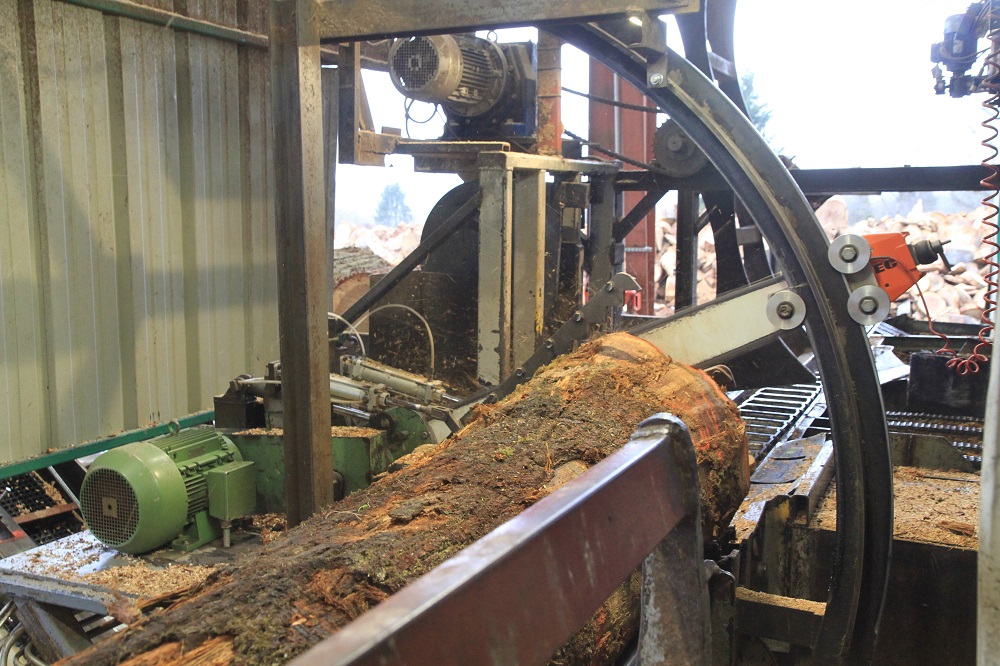
@Spiritsselection – The logs are sawn on the bench depending on the height of the staves due to be produced
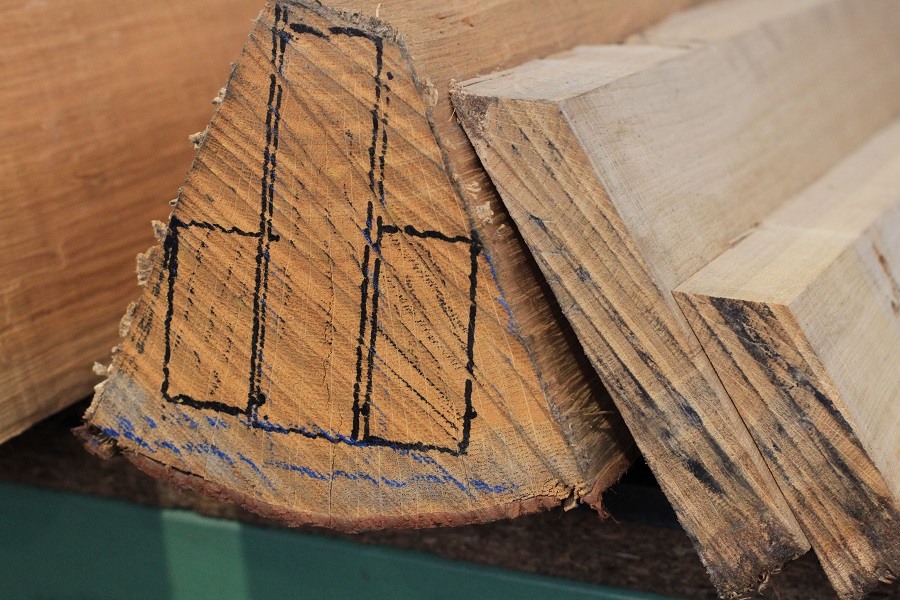
@SpiritsSelection – The log block is then split right down the grain of the wood
The tapering and jointing stages
After two years, the humidity of the stave wood needs to be homogenised to prevent the wood from shrinking or being deformed, such as warping. This is because the stave wood does not have the same level of humidity when it leaves the yard, depending on the exposure of the pallet in the yard and even that of the stave wood itself on the pallet – at the top, bottom or middle. The stave wood is then moistened again then kiln-dried so that the humidity level ranges from 14 to 16%. The wood is then ready to be turned into staves.
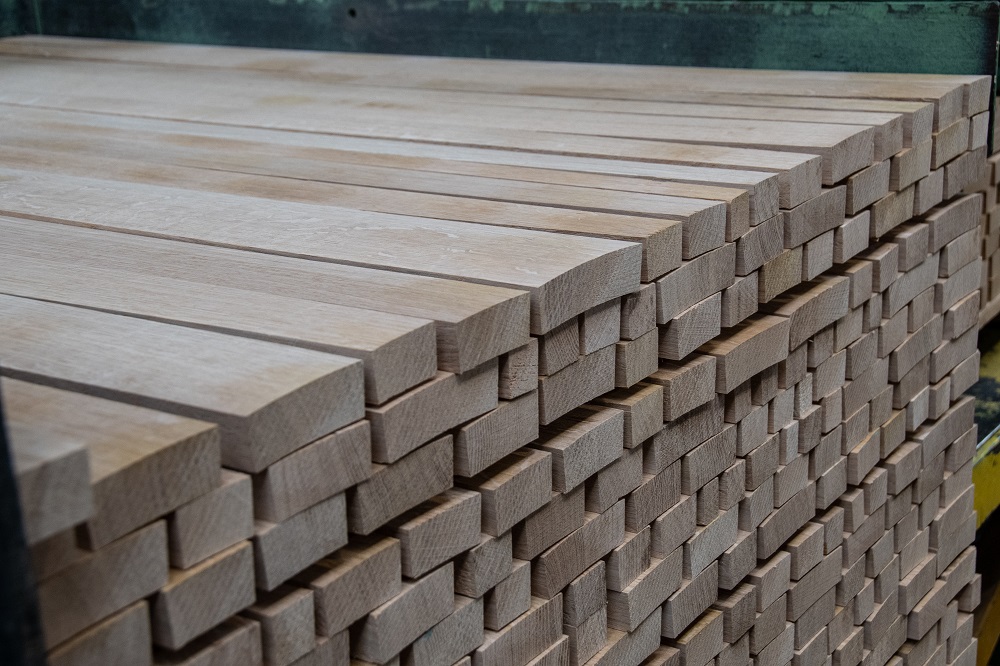
@ISC – Staves of varying widths with a rounded shape
The stave wood is sawn to form staves of varying widths, thicknesses and lengths, and to give them a slightly rounded shape to produce the characteristic bulge of oak barrels where the lees become lodged to give the wine body. The staves are also shaped at an angle and their thickness tapered so that they can be assembled in a circle.
“The stave wood is sawn to form staves of varying widths, thicknesses and lengths, and to give them a slightly rounded shape to produce the characteristic bulge of oak barrels”
The barrel heads are cut specifically in the stave mill. These staves are not rounded because the lids are flat. Self-locking chamfers are machine-made and the parts for the lids are assembled then shipped to the coopers. The cooper’s task subsequently is to cut the lid to the precise size of the barrel. The staves and barrel heads can then be shipped to the cooperage.

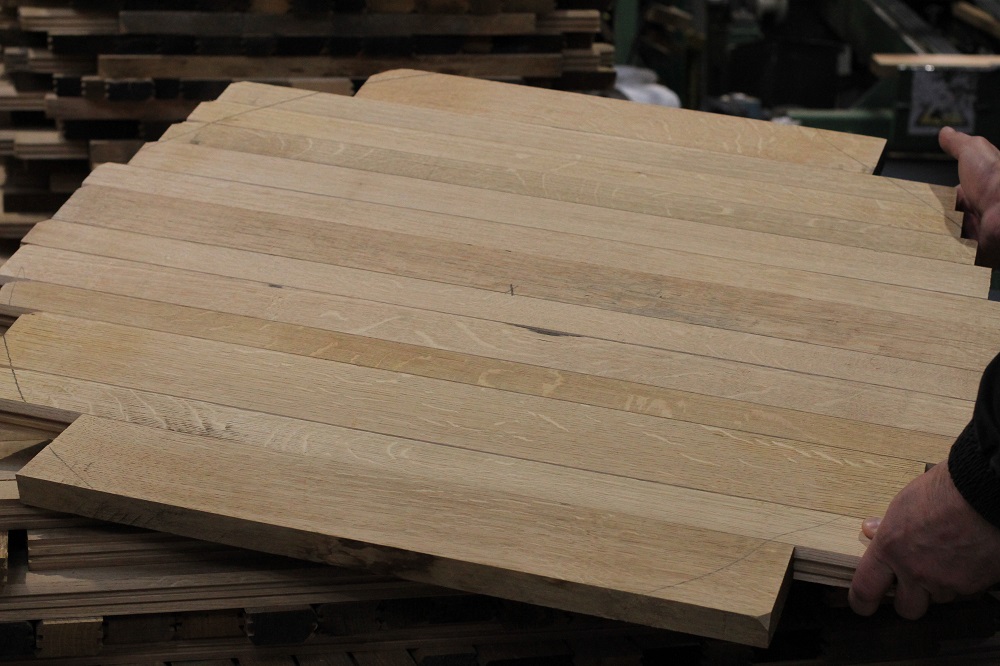
@Spiritsselection – Barrel heads with self-locking chamfers ready to be shipped to the cooperage
Alternative solutions from the Oak Solutions Group – evOAK
Winemaking solutions referred to as alternatives are frequently used to mature wines, correct them or impart specific characters to them. Oak chips and powder, along with tank staves (small staves that are dipped into the tanks of wine) are some of the solutions available to winemakers, in addition to barrels. They enable the structure of the wine to be strengthened or to develop an aromatic spectrum tailored to the desired outcome.
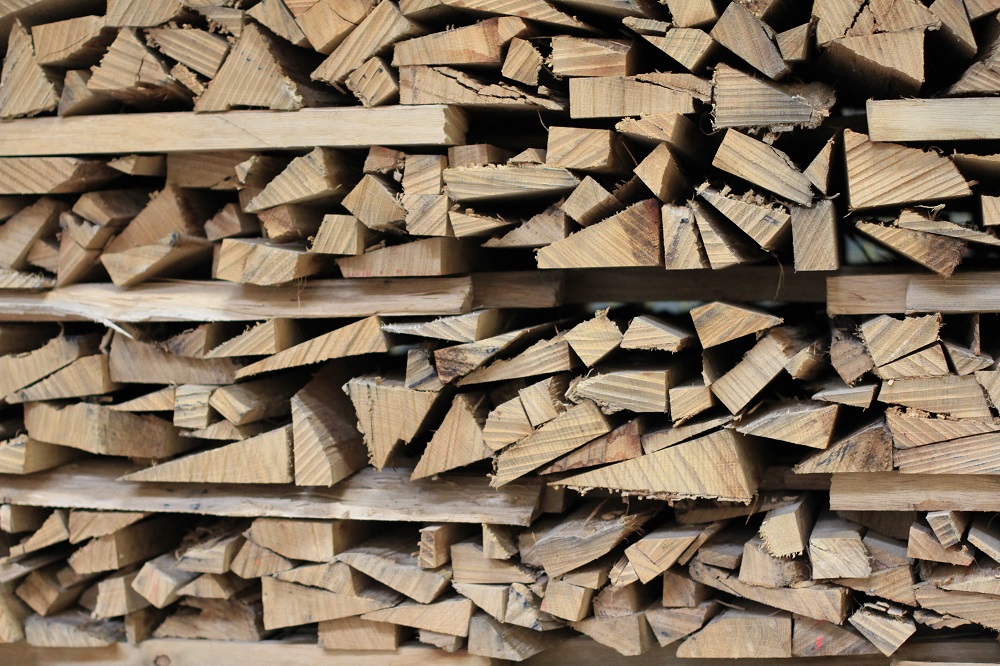
@Spiritsselection – the pieces of oak that cannot be turned into staves for barrels are used for alternative oak solutions
For spirits, these practices are highly regulated, or even banned in many appellations such as Cognac and Armagnac, for agricultural rums and French and Scotch whiskies. They are permitted for brandies, molasses-based rums and Irish whiskies.
“Alternative are highly regulated, or even banned in many appellations. They are permitted for brandies, molasses-based rums and Irish whiskies… ”
Oak Solutions Group has developed a portfolio of alternative products that offer interesting technical, cost-saving solutions, for the finish, for example. As we personally do not take a dogmatic approach to the issue, we were able to see first-hand during our visit the care taken in producing these alternative solutions made from the parts of oak discarded during stave production. Oak Solutions Group – evOAK has developed genuine expertise in mastering the toast phase in order to meet the specific needs of winemakers and maturers of spirits.
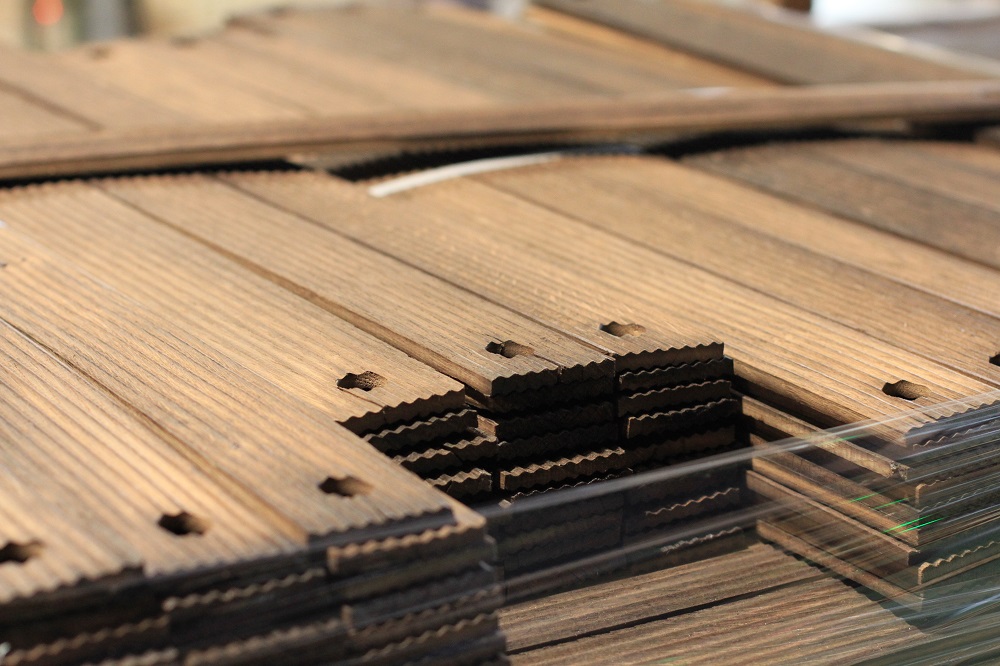
@Spiritsselection – Tank staves produced by evOAK
How many barrels does France produce?
According to the French cooperage federation (FTF), 575,000 French oak barrels are produced annually. The stave oak trees are at least 120 years old, but the most highly prized among them are aged between 160 and 180. Around 10 to 20% of a log is turned into stave wood, with the remaining 80% sold to ancillary industries (carpentry, firewood, plywood etc). Yields can reach 40% for oak trees in the Tronçais forest in Allier. An average 10 to 11, 225-litre barrels can be made from 1 m3 of stave wood.
Auctions and market pressure
The national forestry organisation (ONF) manages the state-owned forests but also the communal forests across France. It draws up a book of plots offered for sale, listing the number of trees for sale, the quality of the logs and the volume. The trees are stamped in order to identify them. It is subsequently the potential buyer’s responsibility to check the lots on sale. The stave mill operators check the stamped trees and estimate the price they can offer, depending on the quality. This is a very difficult task and very risky from an economic perspective. The stave mill operators prefer to buy the wood ‘by the roadside’, i.e. when the trees have already been felled and the quality of the trunks is easier to check, depending on the occurrences of damage, rot and knots for instance. In this way, they do not have to manage logging or usage of the crown for firewood.
The wood is sold on the internet, and the buyers have thirty seconds to give their price – the wood is sold to the highest bidder. French stave wood currently sells for around 300 to 400 euros per m3.
Recently, the price per m3 of oak has come under pressure. The fact that increases have happened is due to higher demand, increasing freight and labor costs and issues with the supply chain.
Demand for oak is strong and the stave wood industry has little power because it only accounts for 5-6% of purchases. Most of the pressure is on wood for slicing and timber. China has an influence on the market, but is not alone. The pressure has filtered down to the price of the barrels over the past few months. The increased lead time for American coopers on bourbon barrels is now unprecedented.
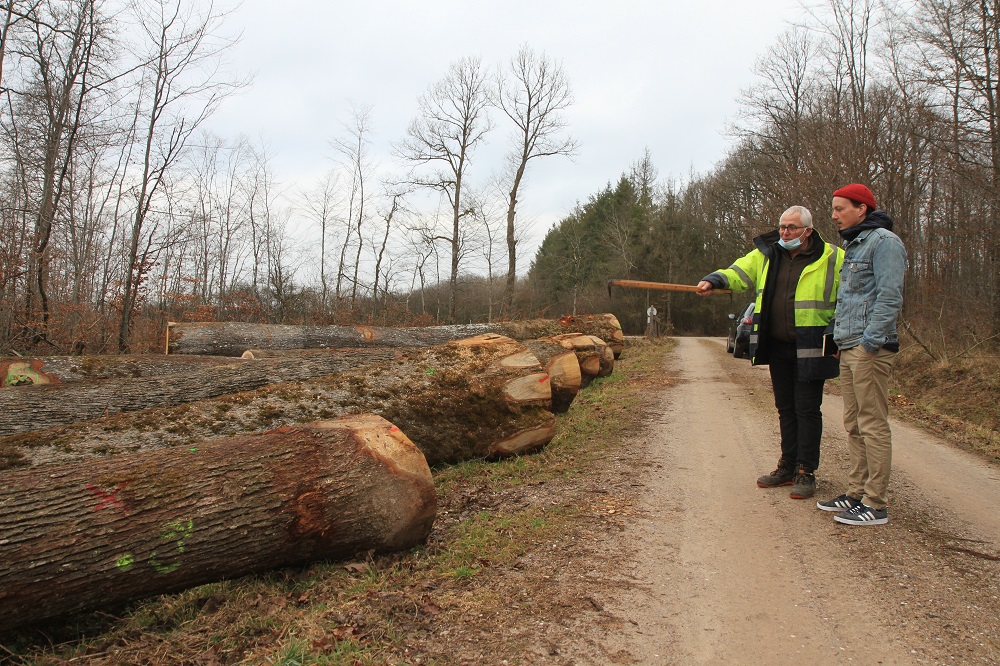
@Spiritsselection – The stave mill operator of ISC is checking the stamped trees to estimate the price they can offer

